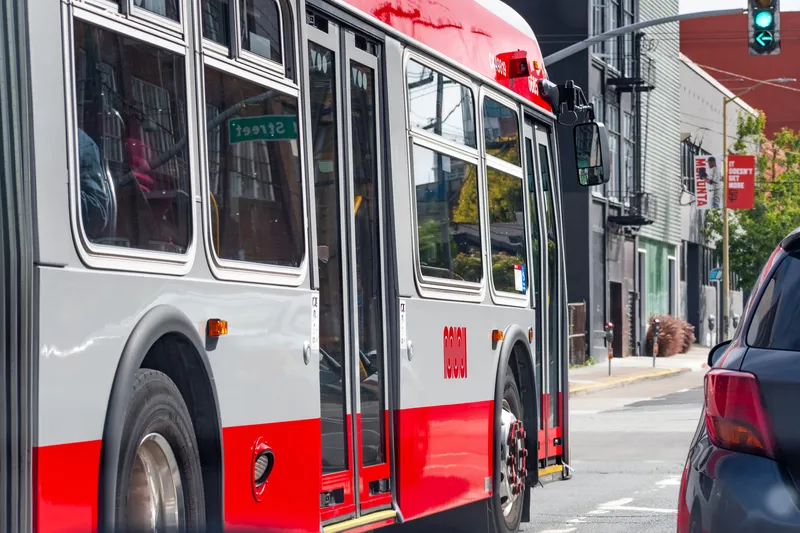Siemens has been awarded an option order to deliver an additional five S70 light rail vehicles for Metro Transit, which serves the Twin Cities region, Minnesota.
The US$20.1 million order will add to the existing 59 light rail vehicles currently in operation on the Metro Green and Blue lines. Metro Transit will use the new trains to enhance service on its light rail lines, which are experiencing record ridership.
The new vehicles are designed and built specific to the needs of the Twin Cities. The veh
October 13, 2015
Read time: 2 mins
The US$20.1 million order will add to the existing 59 light rail vehicles currently in operation on the Metro Green and Blue lines. Metro Transit will use the new trains to enhance service on its light rail lines, which are experiencing record ridership.
The new vehicles are designed and built specific to the needs of the Twin Cities. The vehicles include improved insulation for both noise reduction and comfort during the summer and winter months, enhanced braking technology for improved safety, and internal and external LED lighting for reduced energy consumption and extended service life.
“The Twin Cities are a great example of a region that understands the benefits a light rail system can bring to its riders and the local economy, and we’re happy to continue to play a role in the success of their system,” said Michael Cahill, president of Siemens Rolling Stock. “We are excited to extend our technology partnership with Metro Transit and look forward to building more of the country’s most advanced light rail vehicles to enhance mobility.”









